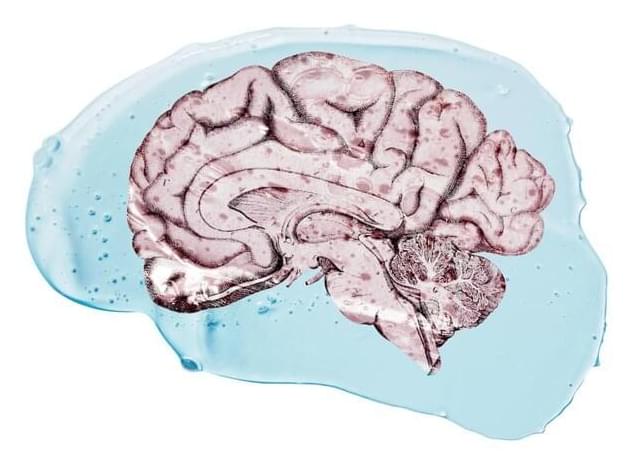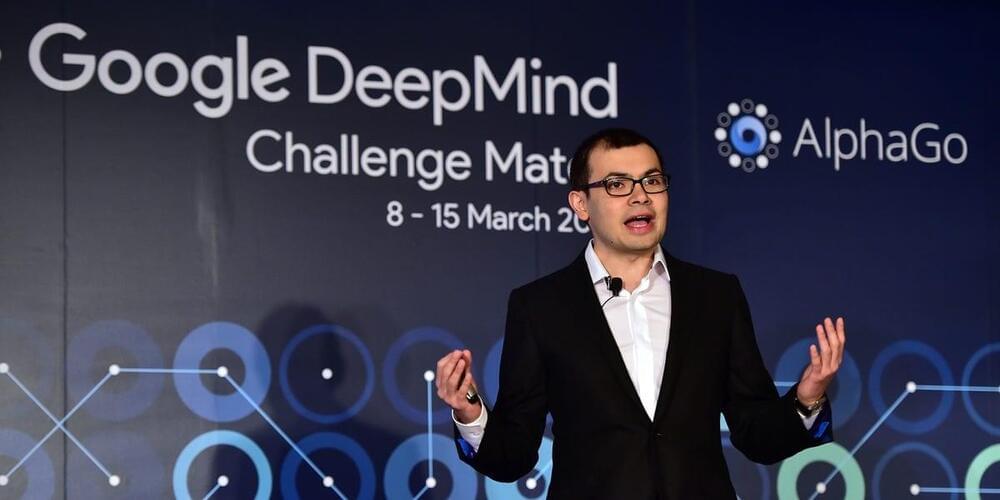It has been almost a week since the last solar storm hit the Earth. And it was a relatively minor storm that did not really affect us much. The worst was experienced over the Indian Ocean region where a temporary radio blackout was observed. But things are about to change quickly for the worse. NASA has issued a warning over a major solar storm strike on Earth. The initial hit is expected tomorrow, April 19, when glancing blows are expected and on April 20, a massive direct hit has been predicted. If this solar storm does strike the Earth, the impact can be far more dangerous.
The information comes from space weather physicist Tamitha Skov, who is popularly known as Space Weather Woman. In a recent tweet, she said, “Ready for #aurora? A #solarstorm direct hit is coming. NASA predicts impact 20 April. Additional glancing storms launched earlier mean activity could pick up late on April 19. Expect extended aurora at high latitudes with good chance of views down to mid-latitudes by the 20th”.
The source of this solar storm is a massive coronal mass ejection (CME) cloud that is headed for the Earth. The cloud is moving in a crescent shape and that is why glancing blows are expected earlier than a direct hit. However, this partial strike can have a concerning effect. It can weaken the magnetic fields of the Earth enough to create cracks on it, which can allow CME to escape into the upper atmosphere and cause a far more intense storm.








